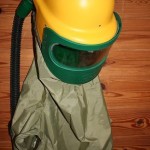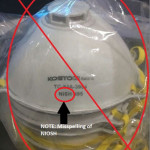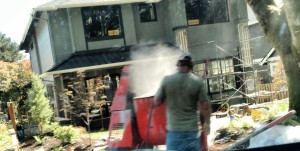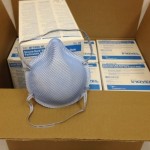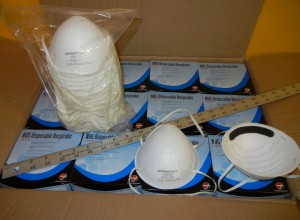Posted by admin under Air Monitoring, Exposure, fit testing, Management, N95, PEL (Perm Exp Limit), Personal Protective Equip (PPE), Respirators, Safety Policies, Safety Programs, Training, Uncategorized
Comments Off on When is fit testing NOT required?
There are only a few instances when you are not required to perform fit testing. The main reason not to perform fit testing is if the employees are wearing a respirator voluntary. (meaning: it’s not required)
So, how do you know if it’s required? It’s required when:
- You have overexposures to a substance (it’s required by OSHA to wear a respirator- so make sure you know, perform air monitoring), or
- If everyone is wearing a respirator during this task (it’s probably also required, just not formally- ie. spray finishing, or my favorite sanding drywall dust) or,
- If your company policy requires them to be worn (management says: it’s required to wearing a respirator during this task).
So, if you choose voluntary to wear a respirator and there is NOT a policy, or law, that says you HAVE to wear one then, you don’t need fit testing. (but you do need a few other things, Appendix D, etc.)
There is only one other exception: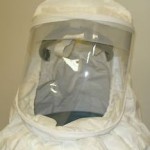
- loose fitting hooded /helmet atmosphere supply respirators (when used in areas not immediately dangerous to life and health (IDLH))
Some employers choose to use these types of respirators because:
- the employee wears a beard
- it is convenient to use
- offers eye/face/neck protection
- it offers a greater protection factor
- it’s easier to don/doff (take on/off)
These guidelines for fit testing are different than medial testing before wearing a respirator, as spoken about here.
